-
 Bitcoin
Bitcoin $79,031.7280
2.38% -
 Ethereum
Ethereum $1,571.1582
5.24% -
 Tether USDt
Tether USDt $0.9998
0.04% -
 XRP
XRP $1.8889
5.41% -
 BNB
BNB $557.9353
2.56% -
 USDC
USDC $1.0000
0.01% -
 Solana
Solana $109.0020
7.84% -
 Dogecoin
Dogecoin $0.1510
8.03% -
 TRON
TRON $0.2355
4.19% -
 Cardano
Cardano $0.5866
5.65% -
 UNUS SED LEO
UNUS SED LEO $8.9813
0.50% -
 Toncoin
Toncoin $3.1352
4.55% -
 Chainlink
Chainlink $11.5982
7.42% -
 Stellar
Stellar $0.2293
4.50% -
 Avalanche
Avalanche $16.9742
8.35% -
 Sui
Sui $2.0451
10.97% -
 Hedera
Hedera $0.1573
14.80% -
 Shiba Inu
Shiba Inu $0.0...01120
2.21% -
 MANTRA
MANTRA $6.2934
2.88% -
 Polkadot
Polkadot $3.5991
4.23% -
 Bitcoin Cash
Bitcoin Cash $280.1689
7.38% -
 Litecoin
Litecoin $72.0897
7.82% -
 Dai
Dai $1.0003
0.03% -
 Ethena USDe
Ethena USDe $0.9990
0.06% -
 Bitget Token
Bitget Token $4.0695
4.76% -
 Hyperliquid
Hyperliquid $11.9669
17.51% -
 Pi
Pi $0.5730
1.71% -
 Monero
Monero $204.0459
4.53% -
 Uniswap
Uniswap $5.1641
4.36% -
 OKB
OKB $52.0556
6.35%
What is liquidity mining in Web3?
Liquidity mining, incentivizing liquidity provision for decentralized exchanges, promotes market depth, reduces transaction costs, and fosters DeFi participation through token rewards for liquidity providers.
Feb 17, 2025 at 04:24 am

Key Points:
- Liquidity mining is an incentive mechanism that rewards users for providing liquidity to decentralized exchanges (DEXes).
- Liquidity providers (LPs) deposit their crypto assets into a liquidity pool, which allows traders to swap tokens with reduced slippage.
- LPs receive rewards in the form of native tokens or fees from trading activity.
- Liquidity mining promotes market depth, reduces transaction costs, and encourages participation in the DeFi ecosystem.
- There are various approaches to liquidity mining, including automated market makers (AMMs), yield farming, and lending platforms.
What is Liquidity Mining in Web3?
Liquidity mining is a crucial concept in the Web3 ecosystem that incentivizes users to provide liquidity to decentralized exchanges (DEXes). Unlike centralized exchanges, which rely on order books, DEXes operate through automated smart contracts known as liquidity pools. These pools require users to deposit equal values of two different tokens to create a trading pair.
Traders can then swap tokens directly from the liquidity pool, without the need for intermediaries. By providing liquidity, LPs facilitate smooth and efficient trading, reducing slippage and ensuring timely order execution. In return for their contributions, LPs receive rewards in the form of native tokens or a portion of the trading fees collected by the protocol.
How Does Liquidity Mining Work?
- Choose a Platform: LPs must select a DEX or yield farming platform that offers liquidity mining. Different platforms have their own tokenomics and reward mechanisms.
- Create a Liquidity Token: LPs deposit their crypto assets into a liquidity pool. In return, they receive liquidity tokens (LP tokens) representing their ownership of the pool's total liquidity.
- Earn Rewards: By providing liquidity, LPs passively earn rewards. These rewards can include native tokens, a share of trading fees, or additional benefits tailored to the specific protocol.
Importance of Liquidity Mining
- Increased Market Depth: Liquidity mining encourages more users to participate as LPs, increasing the overall liquidity of the pool. Deeper pools reduce slippage for traders and enhance the efficiency of the DEX.
- Reduced Transaction Costs: As more liquidity is provided, the spread between bid and ask prices narrows. This reduction in transaction costs benefits traders and promotes ecosystem growth.
- DeFi Participation: Liquidity mining attracts users to the DeFi ecosystem by incentivizing active participation and rewarding contributions to the network.
Approaches to Liquidity Mining
- Automated Market Makers (AMMs): AMMs are decentralized protocols that facilitate token swaps using mathematical algorithms. They rely on liquidity pools and reward LPs for providing liquidity.
- Yield Farming: Yield farming involves staking LP tokens in specific protocols to earn additional rewards. These protocols usually offer high returns but carry higher risks.
- Lending Platforms: Lending platforms offer liquidity mining programs to incentivize users to lend their crypto assets. LPs earn interest on their deposits and additional rewards for providing liquidity.
FAQ
Q: What are the risks associated with liquidity mining?
A: Liquidity mining carries risks such as impermanent loss, smart contract vulnerabilities, and platform liquidity concerns.
Q: Is liquidity mining a good investment for all users?
A: The suitability of liquidity mining depends on an individual's risk appetite and investment goals. It is recommended to carefully evaluate the potential risks and rewards before participating.
Q: How can I find the best liquidity mining opportunities?
A: Research reputable DEXes and yield farming platforms, compare their tokenomics, and consider factors such as liquidity depth, transaction volume, and reward structures.
Disclaimer:info@kdj.com
The information provided is not trading advice. kdj.com does not assume any responsibility for any investments made based on the information provided in this article. Cryptocurrencies are highly volatile and it is highly recommended that you invest with caution after thorough research!
If you believe that the content used on this website infringes your copyright, please contact us immediately (info@kdj.com) and we will delete it promptly.
- Recovery of Altcoins Follows Bitcoin, Increasing the Total Crypto Market Cap
- 2025-04-08 18:25:12
- Promises of a V-Shaped Recovery Are Intensifying as Speculation Mounts That the Fed Will Pivot to QE
- 2025-04-08 18:25:12
- An apparent multi-million dollar trade gone wrong on the Hyperliquid derivatives exchange saw a JELLYJELLY memecoin trader lose millions
- 2025-04-08 18:20:12
- LF Labs (LF) Captures Investor Attention as It Moves Decisively in the Web3 Market
- 2025-04-08 18:20:12
- As 2024 Winds Down, Dogecoin, Sui, and BlockDAG Promise a Thrilling Start to 2025
- 2025-04-08 18:15:12
- Coldware (COLD) Emerges as a Contender to Dogecoin (DOGE) and Shiba Inu (SHIB)
- 2025-04-08 18:15:12
Related knowledge
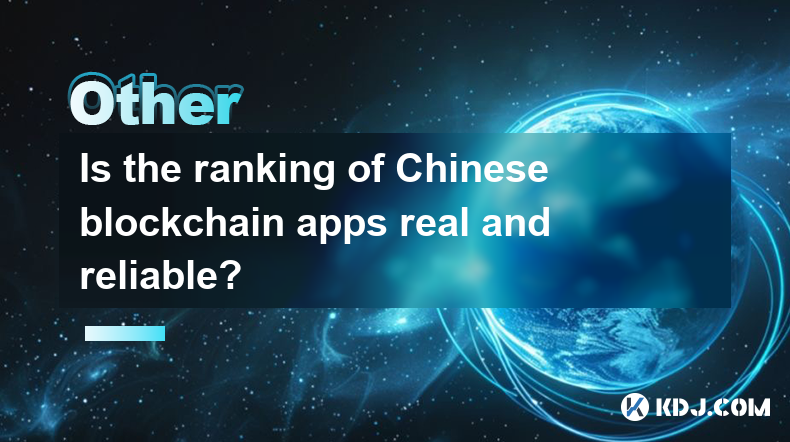
Is the ranking of Chinese blockchain apps real and reliable?
Apr 04,2025 at 09:01pm
The ranking of Chinese blockchain apps has become a topic of interest for many in the cryptocurrency community, as it provides insights into the popularity and adoption of blockchain technology within China. However, the reliability and authenticity of these rankings are often questioned. This article aims to delve into the factors that influence these ...
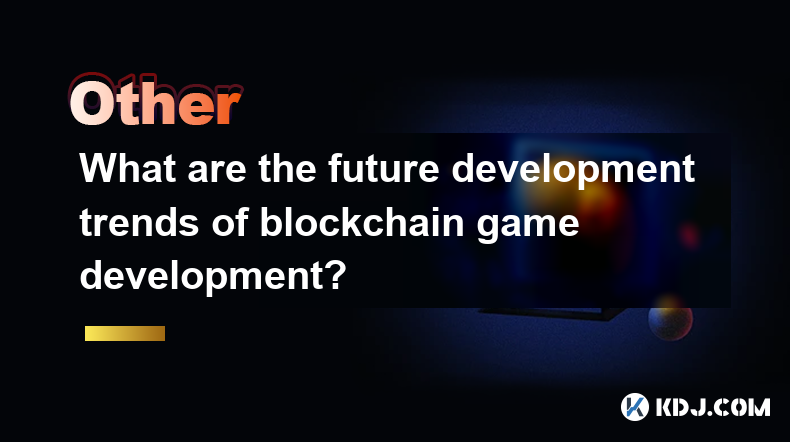
What are the future development trends of blockchain game development?
Apr 03,2025 at 05:00am
Blockchain technology has revolutionized various industries, and gaming is no exception. As we look to the future, several trends are set to shape the development of blockchain games. These trends not only promise to enhance the gaming experience but also to integrate blockchain technology more seamlessly into the gaming ecosystem. Let's explore these t...
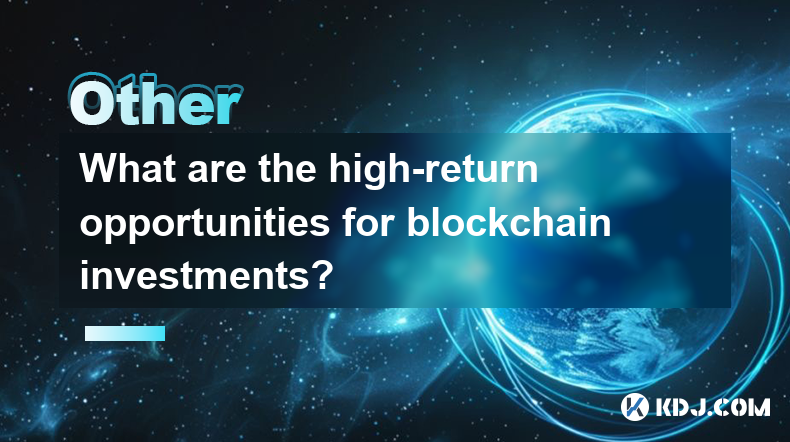
What are the high-return opportunities for blockchain investments?
Apr 05,2025 at 02:35pm
Blockchain technology has revolutionized the financial world, offering numerous high-return investment opportunities. These opportunities span various sectors within the cryptocurrency ecosystem, including cryptocurrencies, decentralized finance (DeFi), non-fungible tokens (NFTs), and blockchain startups. Each of these areas presents unique risks and re...
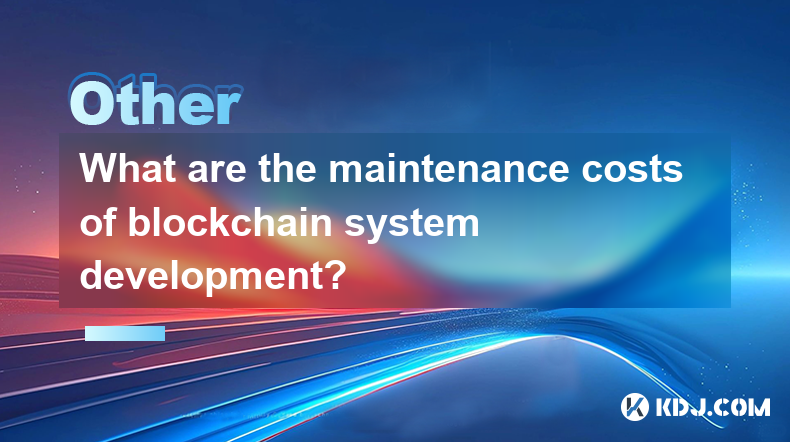
What are the maintenance costs of blockchain system development?
Apr 03,2025 at 06:07pm
The maintenance costs of blockchain system development are multifaceted and depend on various factors. These costs can include technical maintenance, security updates, infrastructure expenses, and personnel costs. Understanding these elements is crucial for anyone planning to develop or maintain a blockchain system. Technical MaintenanceTechnical mainte...
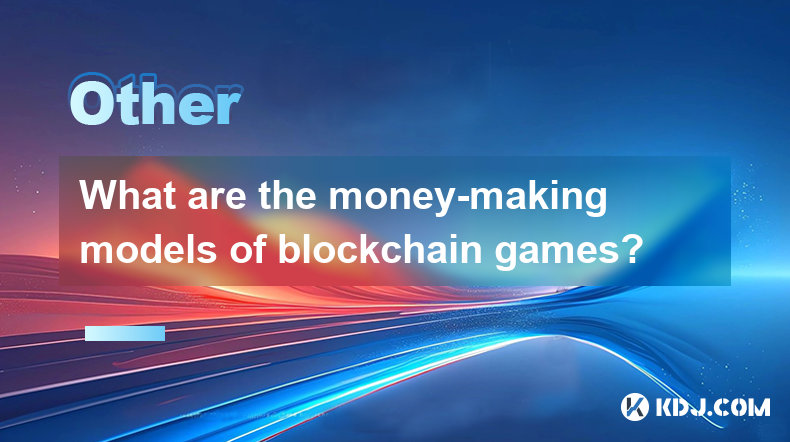
What are the money-making models of blockchain games?
Apr 04,2025 at 02:00pm
Blockchain games have emerged as a revolutionary way for players to earn real money while enjoying their favorite pastime. These games leverage the power of blockchain technology to create unique money-making models that benefit both the players and the developers. In this article, we will explore the various money-making models of blockchain games and ...
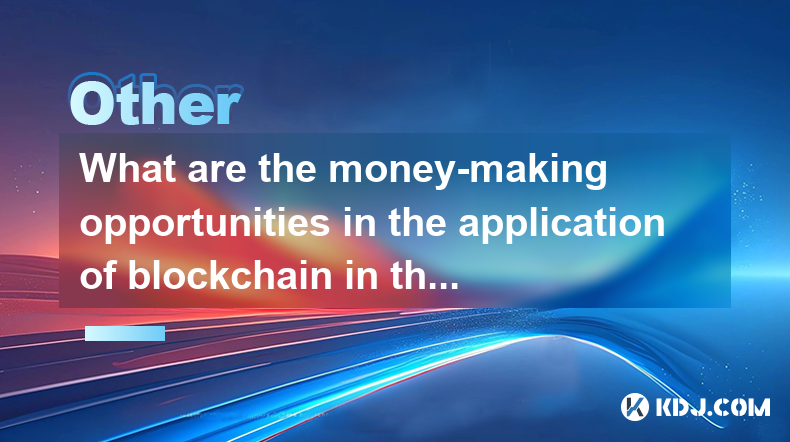
What are the money-making opportunities in the application of blockchain in the field of Internet of Things?
Apr 05,2025 at 10:35pm
The integration of blockchain technology with the Internet of Things (IoT) presents numerous money-making opportunities. Blockchain, with its decentralized and secure nature, can revolutionize how IoT devices interact, manage data, and conduct transactions. This article will explore various avenues where entrepreneurs, developers, and investors can capi...

Is the ranking of Chinese blockchain apps real and reliable?
Apr 04,2025 at 09:01pm
The ranking of Chinese blockchain apps has become a topic of interest for many in the cryptocurrency community, as it provides insights into the popularity and adoption of blockchain technology within China. However, the reliability and authenticity of these rankings are often questioned. This article aims to delve into the factors that influence these ...

What are the future development trends of blockchain game development?
Apr 03,2025 at 05:00am
Blockchain technology has revolutionized various industries, and gaming is no exception. As we look to the future, several trends are set to shape the development of blockchain games. These trends not only promise to enhance the gaming experience but also to integrate blockchain technology more seamlessly into the gaming ecosystem. Let's explore these t...

What are the high-return opportunities for blockchain investments?
Apr 05,2025 at 02:35pm
Blockchain technology has revolutionized the financial world, offering numerous high-return investment opportunities. These opportunities span various sectors within the cryptocurrency ecosystem, including cryptocurrencies, decentralized finance (DeFi), non-fungible tokens (NFTs), and blockchain startups. Each of these areas presents unique risks and re...

What are the maintenance costs of blockchain system development?
Apr 03,2025 at 06:07pm
The maintenance costs of blockchain system development are multifaceted and depend on various factors. These costs can include technical maintenance, security updates, infrastructure expenses, and personnel costs. Understanding these elements is crucial for anyone planning to develop or maintain a blockchain system. Technical MaintenanceTechnical mainte...

What are the money-making models of blockchain games?
Apr 04,2025 at 02:00pm
Blockchain games have emerged as a revolutionary way for players to earn real money while enjoying their favorite pastime. These games leverage the power of blockchain technology to create unique money-making models that benefit both the players and the developers. In this article, we will explore the various money-making models of blockchain games and ...

What are the money-making opportunities in the application of blockchain in the field of Internet of Things?
Apr 05,2025 at 10:35pm
The integration of blockchain technology with the Internet of Things (IoT) presents numerous money-making opportunities. Blockchain, with its decentralized and secure nature, can revolutionize how IoT devices interact, manage data, and conduct transactions. This article will explore various avenues where entrepreneurs, developers, and investors can capi...
See all articles






















































































